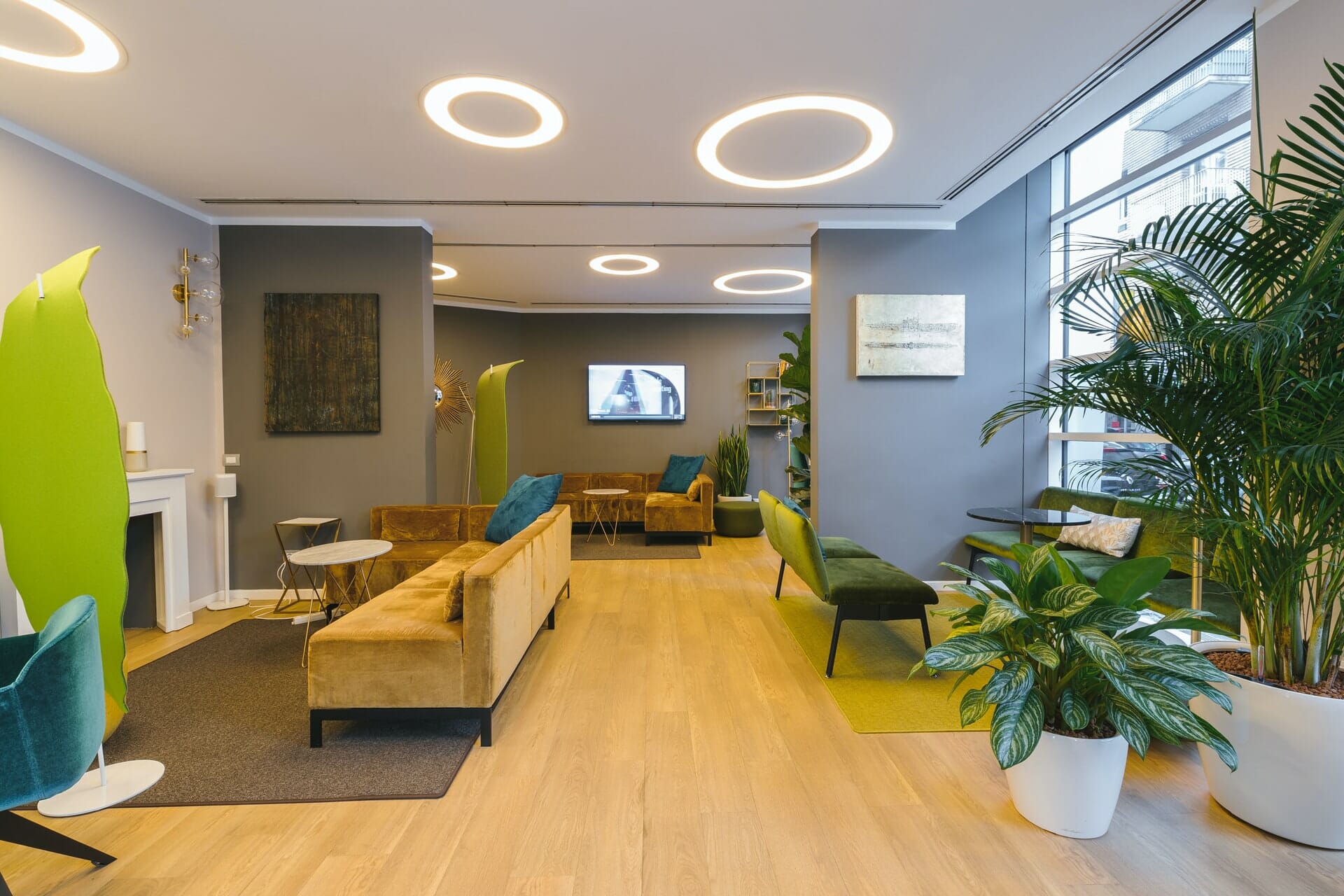Illuminating the Impact of Illumination Circumstances on Motion Identification Accuracy and Dependability
Illuminating the Impact of Illumination Circumstances on Motion Identification Accuracy and Dependability
Blog Article
Illumination environments play a significant role in how effectively we can perceive motion. Movement detection is a key component of different systems, such as security cameras, automated lighting systems, and even some gaming applications. Comprehending how different illumination conditions influence our capacity to detect motion can assist enhance the development and effectiveness of these systems. For example, poor lighting might result in missed motions or false alerts, while optimal illumination can boost the precision of motion detection systems.
In well-lit illumination conditions, motion detection is generally more accurate. When there is sufficient light, sensors and cameras can capture clearer images, which assists in recognizing moving objects. Bright conditions allow for better contrast between the dynamic object and the surroundings. This contrast is essential for both visual observers and mechanical technologies, as it facilitates it simpler to differentiate between stationary and moving objects in a setting. Therefore, making sure that areas are adequately illuminated can significantly enhance the performance of motion detection systems.
On the other hand, low-light environments can pose difficulties for motion detection. In low-light environments, darkness can obscure moving objects, which makes them hard to detect. Additionally, the eye struggles to detect motion in low light, which can lead to misunderstanding of what is happening in the surroundings. Cameras might also encounter difficulties, as many do not function well in low light without the use like it of infrared capabilities or other improvements. These restrictions highlight the significance of sufficient lighting in environments where motion detection is essential.
Moreover, various kinds of lighting can have varying impacts on movement detection. For instance, fluorescent lights can flash, which might confuse motion detection technologies that rely on consistent illumination input. On the contrary, natural provides a consistent form of lighting that enhances clarity. Understanding these variations in lighting conditions can guide operators in choosing the most suitable illumination for specific applications, especially in surveillance and surveillance situations.
In conclusion, the connection between lighting conditions and movement detection accuracy is significant. By making sure that settings are suitably illuminated, we can enhance the reliability of motion detection technologies. This knowledge not only supports technological applications but also improves safety and security in multiple environments. As further developments are made in motion detection systems, considering illumination environments will continue to be a vital factor more helpful info in enhancing effectiveness and guaranteeing that these technologies work effectively in different environments.